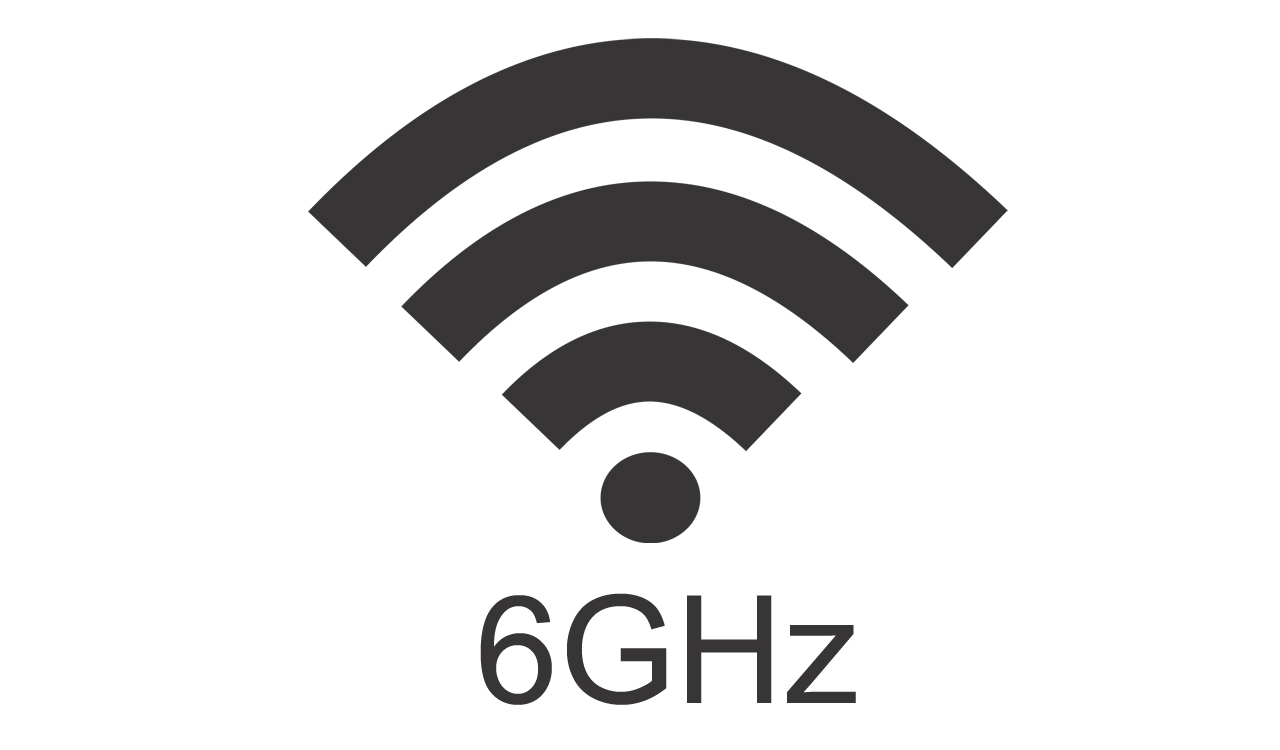India opens 6 GHz spectrum for license-free use to enhance next-gen Wi-Fi and connectivity

This aims to accelerate the adoption of advanced Wi-Fi technologies like Wi-Fi 6E and Wi-Fi 7, meeting the growing demand for faster and more reliable wireless connectivity across the country.
Updated On – 21 May 2025, 03:13 PM

Representational Image.
Hyderabad: The Indian government has released new draft regulations to delicense a certain portion of the 6 GHz band spectrum, the 5925–6425 MHz band, for license-exempt operation for specific unlicensed wireless services. Announced on May 16, 2025, the current proposal is to encourage support the deployment of new Wi-Fi technologies like Wi-Fi 6E and Wi-Fi 7 that offer higher speeds, higher capacity, and lower latency for the digital ecosystem in India. This new advancement will greatly enhance wireless connectivity to fully support next-generation digital services, and now India will be equalized with other leading countries when it comes to spectrum liberalization.
Under the proposed draft regulations, devices classified as Low Power Indoor (LPI), or Very Low Power Outdoor (VLP) would be authorized to operate in the band as unlicensed and without frequency assignment; users will be permitted to use the band on a shared, non-interference basis, which means that not one user can claim exclusive ownership of the band or interference-free operation.
The regulations contain some additional important and strict technical and operating limitations to reduce interference from other wireless services. For example, LPI devices have a ceiling of 30 dBm of power, which is Less than the 53 dBm ceiling for the 5 GHz. Use is also not allowed on oil platforms, in vehicles, boats, and aircraft (other than >10,000 feet) and for drone operations.
Expected Benefits of Delicensing the 6 GHz Spectrum in India
- Enhanced Wi-Fi Performance: ultra-high speeds are enabled with Wi-Fi 6E and Wi-Fi 7 (speed up to 9.6 Gbps) with near zero latency which is dual-beneficial for 4K streaming, AR/VR, IoT, gaming, video conferencing, and more.
- Lower Internet Pricing: No license means significantly lower costs for ISPs as license costs are a fraction of deployment costs, resulting in lower costs and higher alternative broadband Internet prices for charge consumers.
- Enhanced Network Efficiency: removes congestion or interference from existing Wi-Fi bands and provides quicker and reliable connections.
- Economic Growth: Projected at Rs 25,000 crore annually as efficiency, digital innovation and reductions in costs take effect.
- Additional Enhancements to Government Initiatives: A significant push to strengthen programs as PM-WANI and BharatNet to offer affordable access to broadband Internet in rural and un-served areas.
- Global Alignment: Delicensing the 6 GHZ band places India with the 100+ countries that have reduced restrictions to the 6 GHZ band, all while maintaining alignment with international standards and device interoperability.
- Positive Resonance in the Industry: IAFI and BIF strongly welcomed this decision with implications seen as a “game-changer” for India’s digital future; some advocates suggest there is merit in talking about “2180 MHz” or increasing the restrictions more than 500 MHz for further bandwidth benefits.






